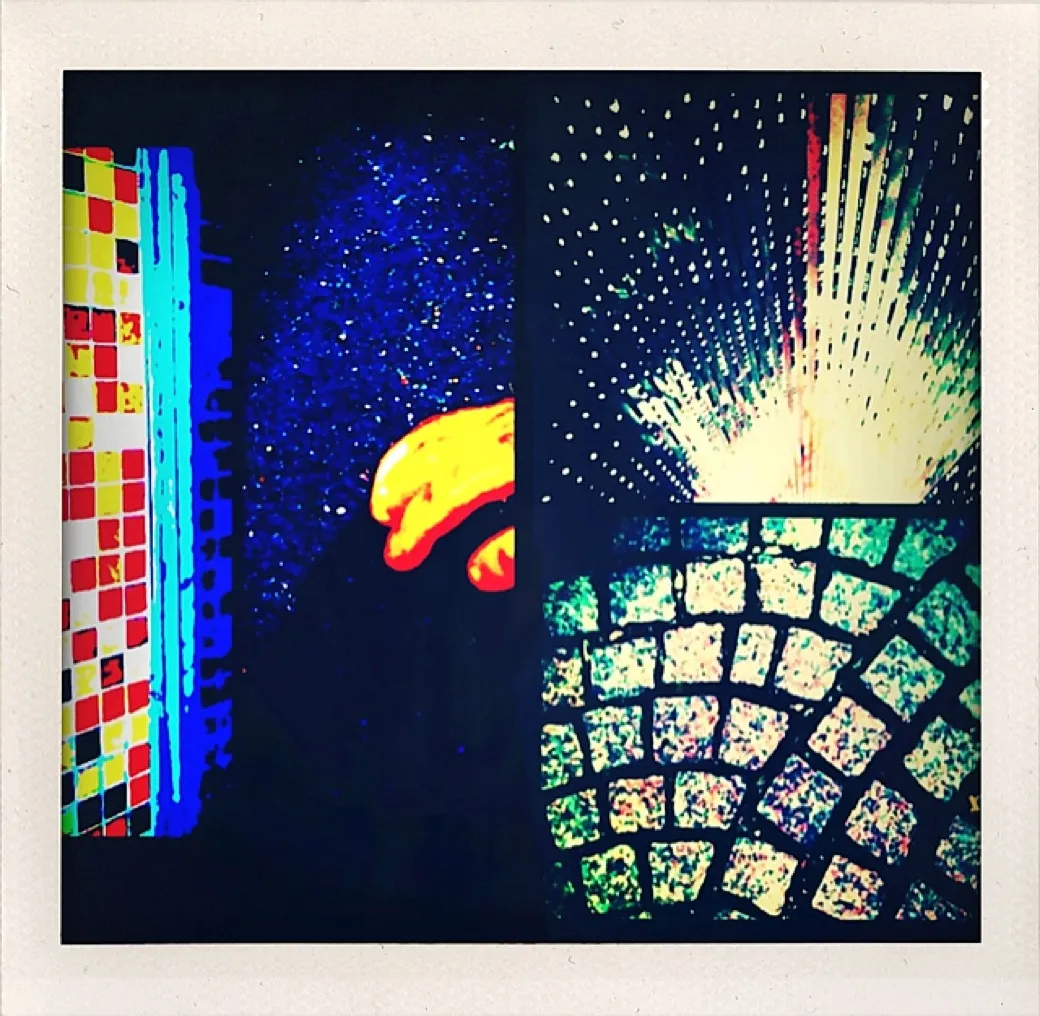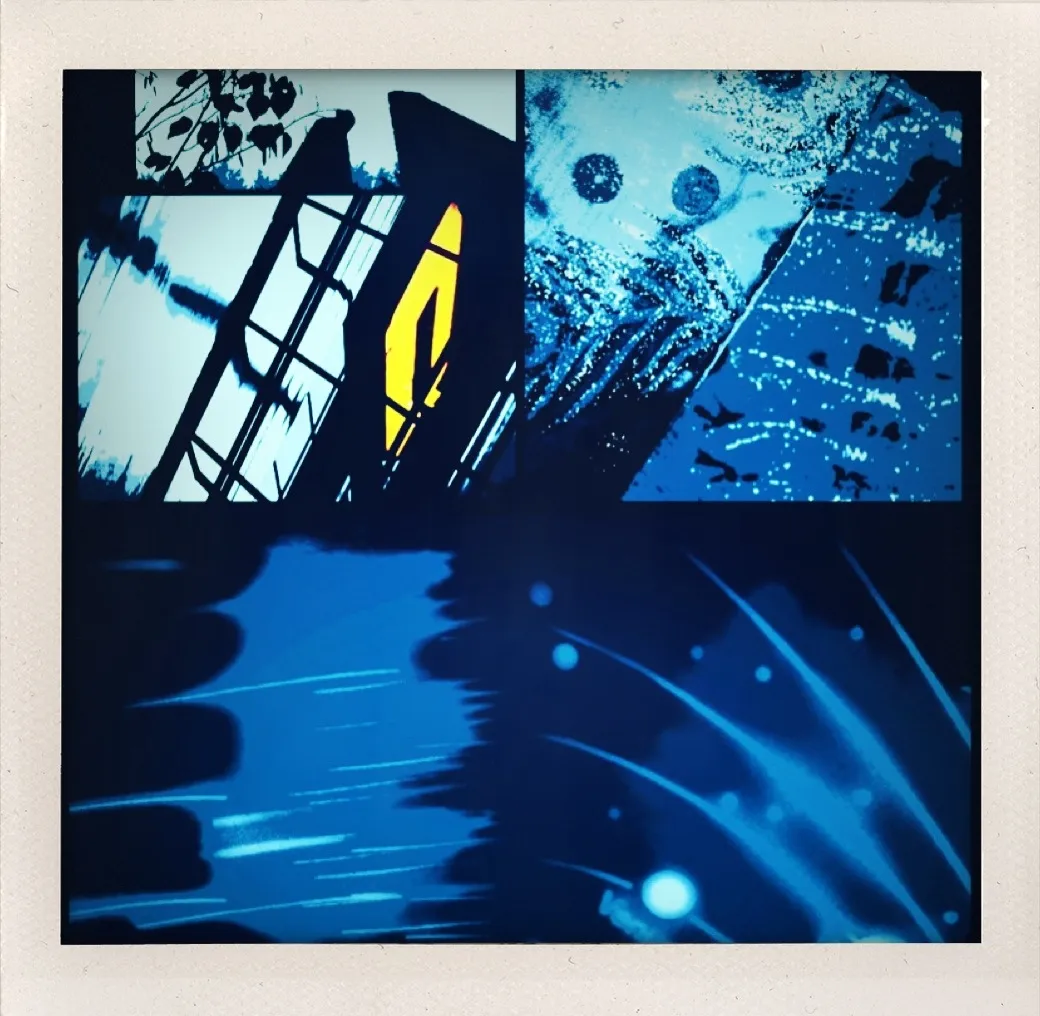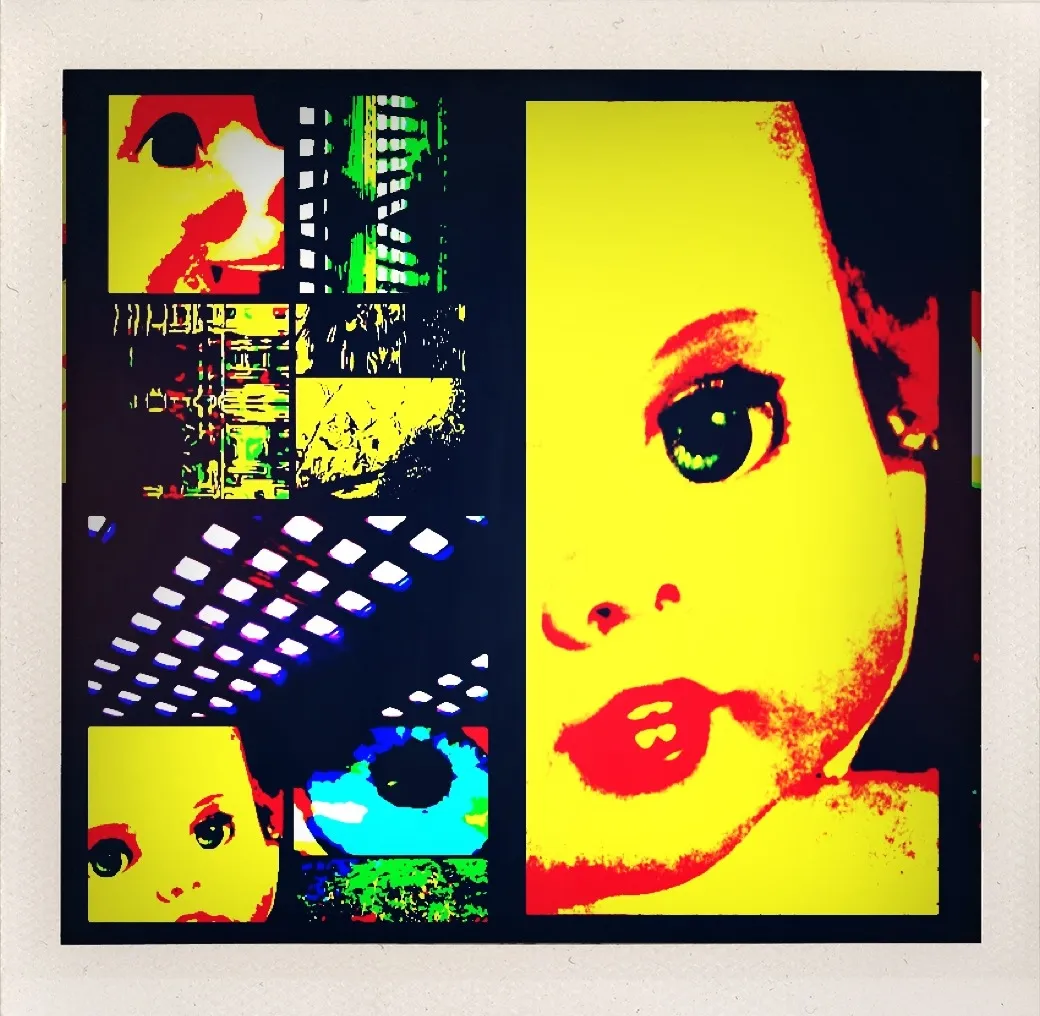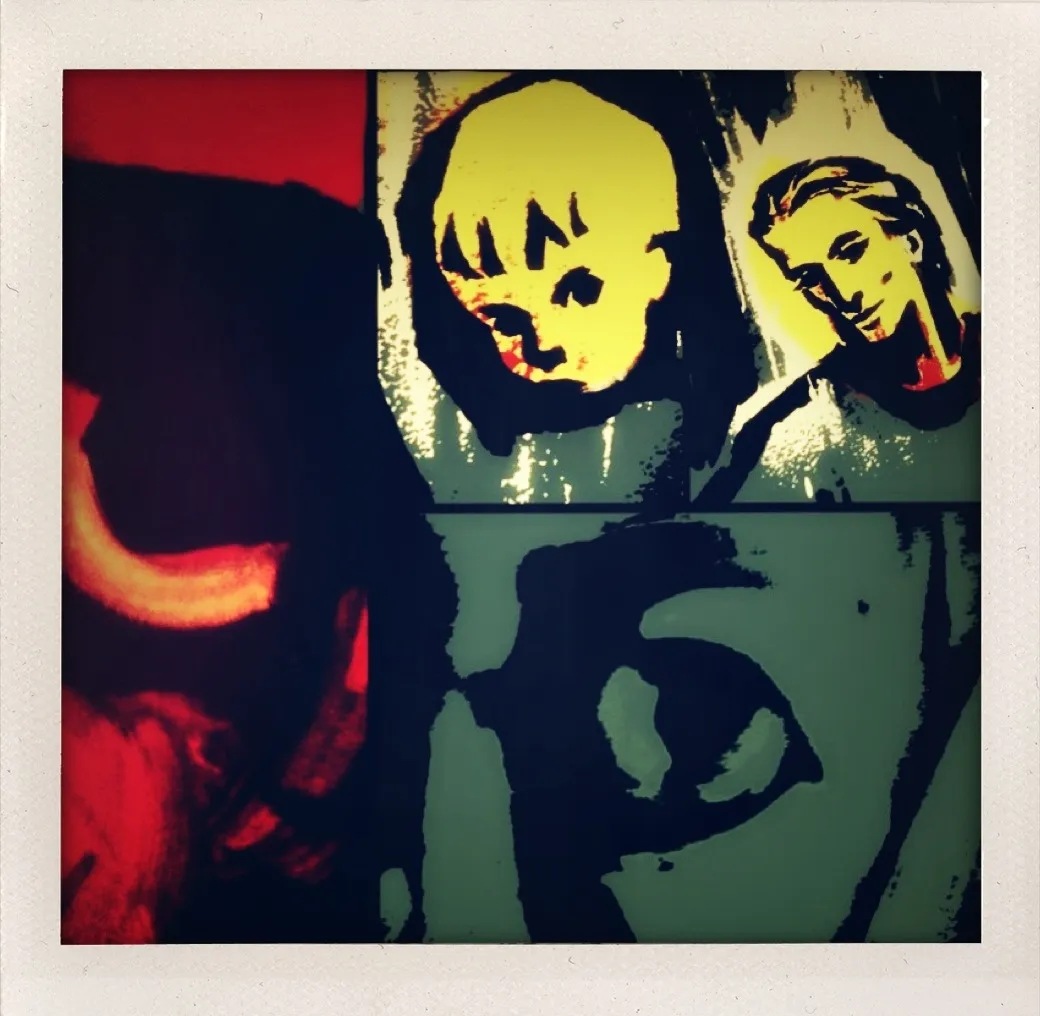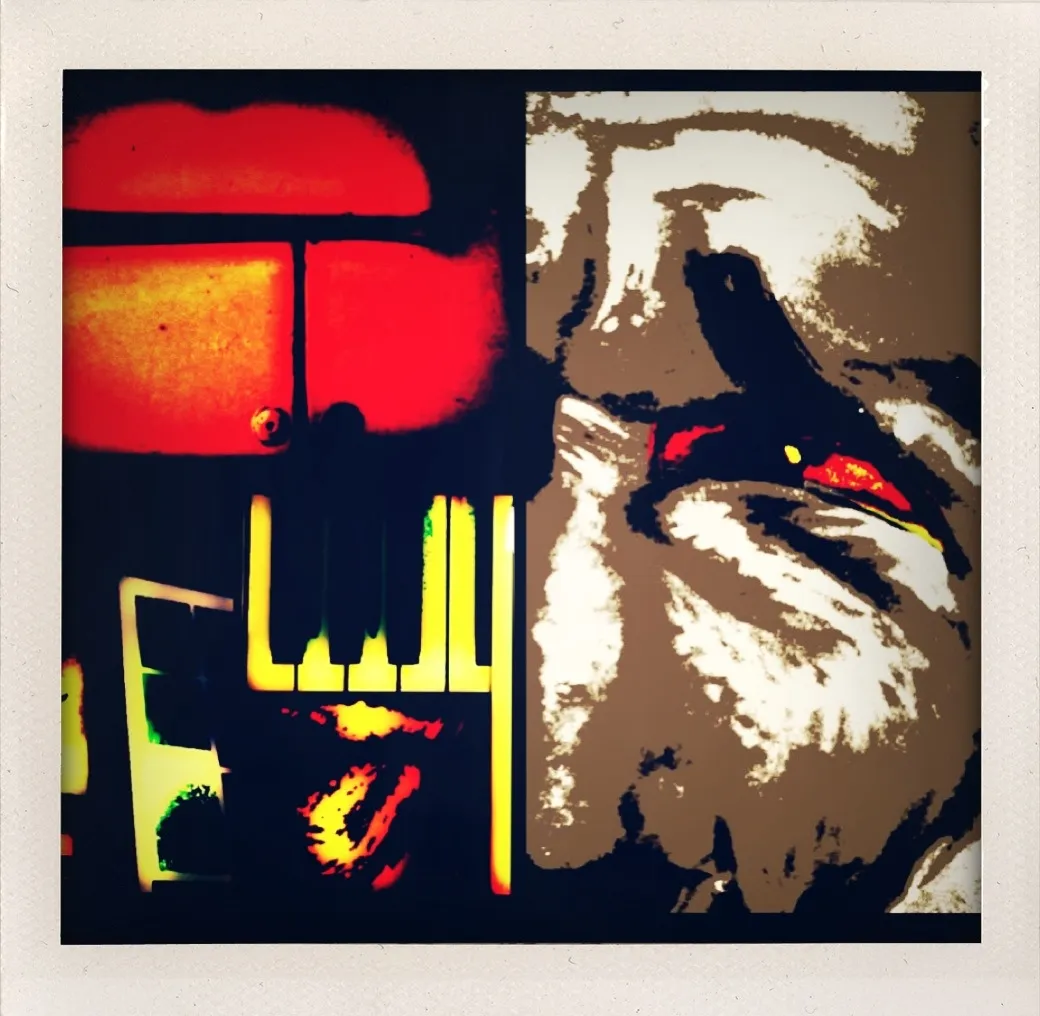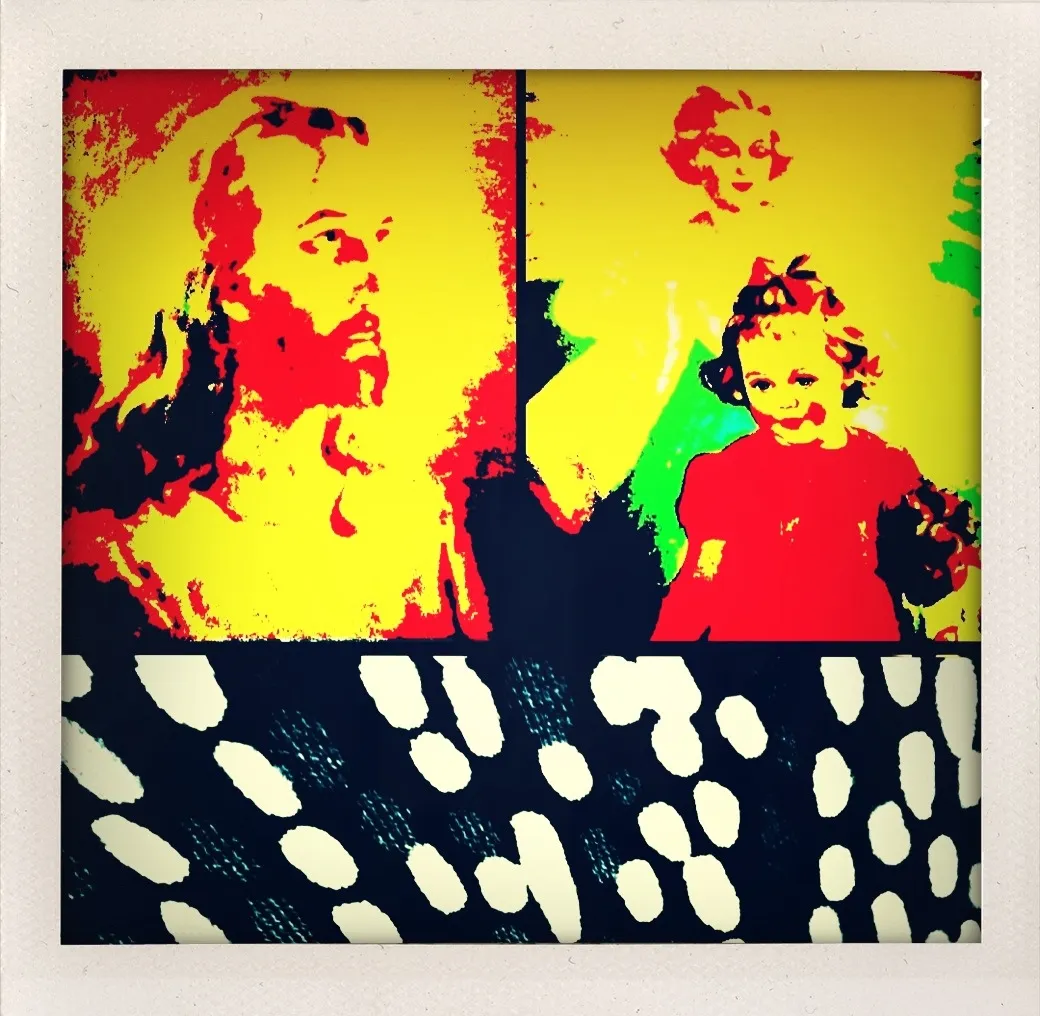Graphic Images Visual Stories Inspired by Graphic Novels
But what happens when a story resists easy interpretation? When the pieces are all there, yet their order, meaning, and intent remain elusive? Graphic Images embraces this ambiguity, allowing viewers to find their own threads, to impose meaning—or to struggle against the lack of it.
Comics use panels, speech bubbles, and sequential composition to guide a reader through a story, but the language of graphic storytelling is far deeper than its most obvious elements. The way space is divided on a page—or within a single frame—creates meaning beyond what is explicitly shown.
In Graphic Images, many of the images use internal divisions, breaking up space within the frame as if it were a series of panels compressed into one. These fractures create multiple entry points for interpretation. They might suggest:
- Foreshadowing – A visual element in one part of the image hints at something inevitable or lurking just beyond the moment.
- Different Characters – A fragmented composition can make it unclear whether we’re seeing multiple figures or multiple aspects of the same entity.
- Different Points in Time – Just as a comic panel can jump forward or backward in an instant, a single image can feel unstuck in time—showing past, present, and future in one moment.
- Action Sequences – Blur, movement, and tension within an image can create the illusion of something mid-motion, implying both a cause and an effect.
- Mood & Suggestion – Shadow and contrast divide space, evoking unease, isolation, or momentum without defining what exactly is happening.
Traditional storytelling, whether in novels, comics, or cinema, relies on structure: exposition, conflict, resolution. A graphic novel panel provides context—what came before, what follows—leading the eye and mind through a guided experience. But here, the frames are dislocated, floating in a space that suggests coherence without confirming it. The mind fills in gaps, searching for logic, for cause and effect.
This tension between clarity and uncertainty mirrors the world we live in. Information is fragmented, manipulated, recontextualized. The political allegory within Graphic Images evolved naturally from this reality. Originally conceived as a 1950s-inspired outer space invasion narrative, the project shifted, not through direct intent but through the nature of the images themselves. Their stark contrasts, their instability, the unease they evoke—these elements began to suggest something closer to our present than a retro-futuristic fantasy.
When we look at these images, what do we see? A sequence of events? A collapse? A revolution? Are we watching the unraveling of truth, or are we complicit in shaping it? This is the power of visual storytelling—images do not tell us what to think, but they invite us to engage, to question, to interpret.
In the end, Graphic Images is not a singular story but a shifting narrative, one that bends to the perspective of each viewer. Like the best of graphic novels, it invites us to turn the page, not knowing what comes next.
Essay written: May 2025

